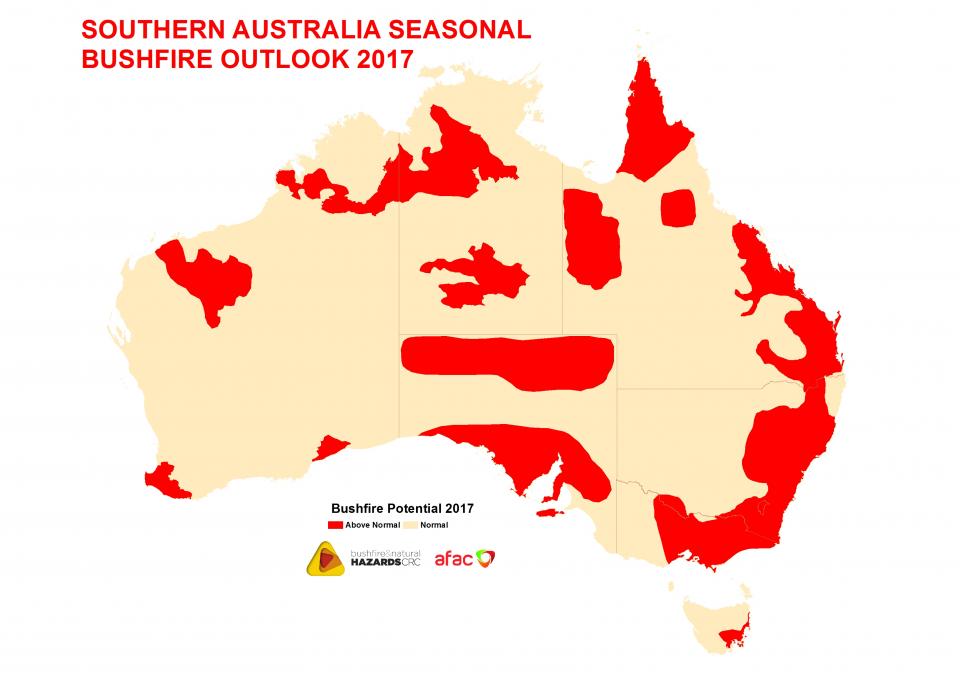Past Conformity: Enhancing Residential Property Security with a Thorough BAL Report Evaluation
Past Conformity: Enhancing Residential Property Security with a Thorough BAL Report Evaluation
Blog Article
Ensuring Shrub Fire Defense Via Appropriate BAL Report Analysis
In the realm of bush fire protection, the careful evaluation of Bushfire Attack Level (BAL) records stands as a foundation for protecting properties versus the destructive impact of wildfires. With ecological aspects and residential or commercial property attributes playing substantial duties in establishing the level of risk, a complete understanding of BAL rankings comes to be essential.
Recognizing Bushfire Assault Degree (BAL)
In the world of bushfire security, understanding the Bushfire Attack Level (BAL) is extremely important for guaranteeing reliable mitigation techniques. Understanding the BAL score of a residential property is essential for home contractors, owners, and policymakers to apply appropriate measures to safeguard versus bushfire dangers.

Importance of BAL Report Evaluation
An essential facet in bushfire defense preparation involves the extensive evaluation of BAL reports to assess the potential risks and figure out suitable mitigation strategies. BAL records give crucial info about the prospective impact of bushfires on a residential property based upon different elements such as plant life kind, range to possible fire threats, and slope of the land. Evaluating these records with accuracy is extremely important in creating effective bushfire defense actions tailored to the details threat account of a building.
Implementing Fire Security Procedures
Carrying out efficient fire protection measures is crucial for protecting buildings in bushfire-prone locations. Among the primary ways to enhance fire security is by producing defensible area around structures. This includes cleaning combustible greenery, such as completely dry fallen leaves and branches, within a particular radius of the property. Furthermore, mounting fire-resistant roof products can aid decrease the danger of ashes sparking the roofing system during a bushfire. Properly kept gutters and screens are likewise important to stop debris buildup that can sustain a fire.
Moreover, having a well-kept and sufficient supply of water, such as a storage tank or pool, can help firemens in their efforts to protect the residential property. It is essential to have a clear evacuation plan in place and to make certain that all citizens recognize with the treatments. Additionally, having firefighting devices easily offered, such as hoses and fire extinguishers, can aid in dealing with little spot fires before they intensify. On the whole, applying a mix of these fire security steps can substantially increase the opportunities of safeguarding properties throughout bushfire events.
Mitigating Threats in Fire-Prone Areas
To fortify residential or commercial properties versus bushfire hazards, a tactical concentrate on mitigating threats in fire-prone areas is important. Mitigating dangers in fire-prone locations involves a detailed strategy that encompasses different steps to lower the possibility and impact of bushfires. One important facet of risk mitigation is maintaining defensible room around residential properties by removing combustible greenery, ensuring go to this site ample spacing between frameworks and trees, and utilizing fireproof landscape design methods. Furthermore, carrying out ember-proofing actions such as installing metal mesh screens on home windows and covering roof covering tooth cavities can aid avoid ember assaults and lessen the threat of spot fires.
In addition, creating or retrofitting structures with fireproof materials and guaranteeing proper upkeep of roofings, rain gutters, and external cladding can significantly boost the residential or commercial property's resilience to bushfires. Practicing a bushfire and developing emergency situation strategy with all residents, consisting of emptying procedures and communication strategies, is also essential in mitigating threats successfully. By embracing a proactive approach to risk reduction in fire-prone locations, homeowner can better shield their possessions and improve general bushfire preparedness.
Ensuring Residential Or Commercial Property Security and Strength
Ensuring the safety and security and strength of residential or commercial properties in fire-prone locations needs a steadfast dedication to durable safety nets and critical preparation. Building security begins with executing effective procedures to minimize fire risks. This includes preserving a defensible area around the residential property by getting rid of combustible plant life, ensuring appropriate maintenance of roofing systems and rain gutters, and making use of fireproof building materials. Normal upkeep of firefighting equipment, such as tubes and lawn sprinkler systems, is likewise essential to property durability.
Strength, on the various other hand, entails the ability of a home to recover and withstand from a bushfire. By proactively resolving these aspects, residential or commercial property owners can much better shield their possessions and loved ones from the danger of bushfires.
Final Thought
To conclude, making sure bushfire defense with correct BAL report analysis is critical for recognizing the level of danger postured by bushfires and applying essential fire protection steps. By minimizing dangers in fire-prone locations and ensuring residential property safety and security and durability, individuals and areas can better plan for and respond to bushfire events. It is vital to focus on fire precaution to secure lives and home in these risky settings.
In the world of bush fire protection, the precise analysis of Bushfire Assault Level (BAL) reports stands as a foundation for securing properties versus the damaging impact of wildfires (BAL Report). Understanding the BAL score of a property is essential for property builders, policymakers, and proprietors to carry out suitable actions to guard against bushfire risks

BAL records provide essential information about the prospective impact of bushfires on a building based on numerous factors such as vegetation kind, distance to potential fire dangers, and slope of the land (BAL Report). Overall, applying a combination of these fire protection actions can significantly increase the opportunities of safeguarding homes throughout browse this site bushfire events
Report this page